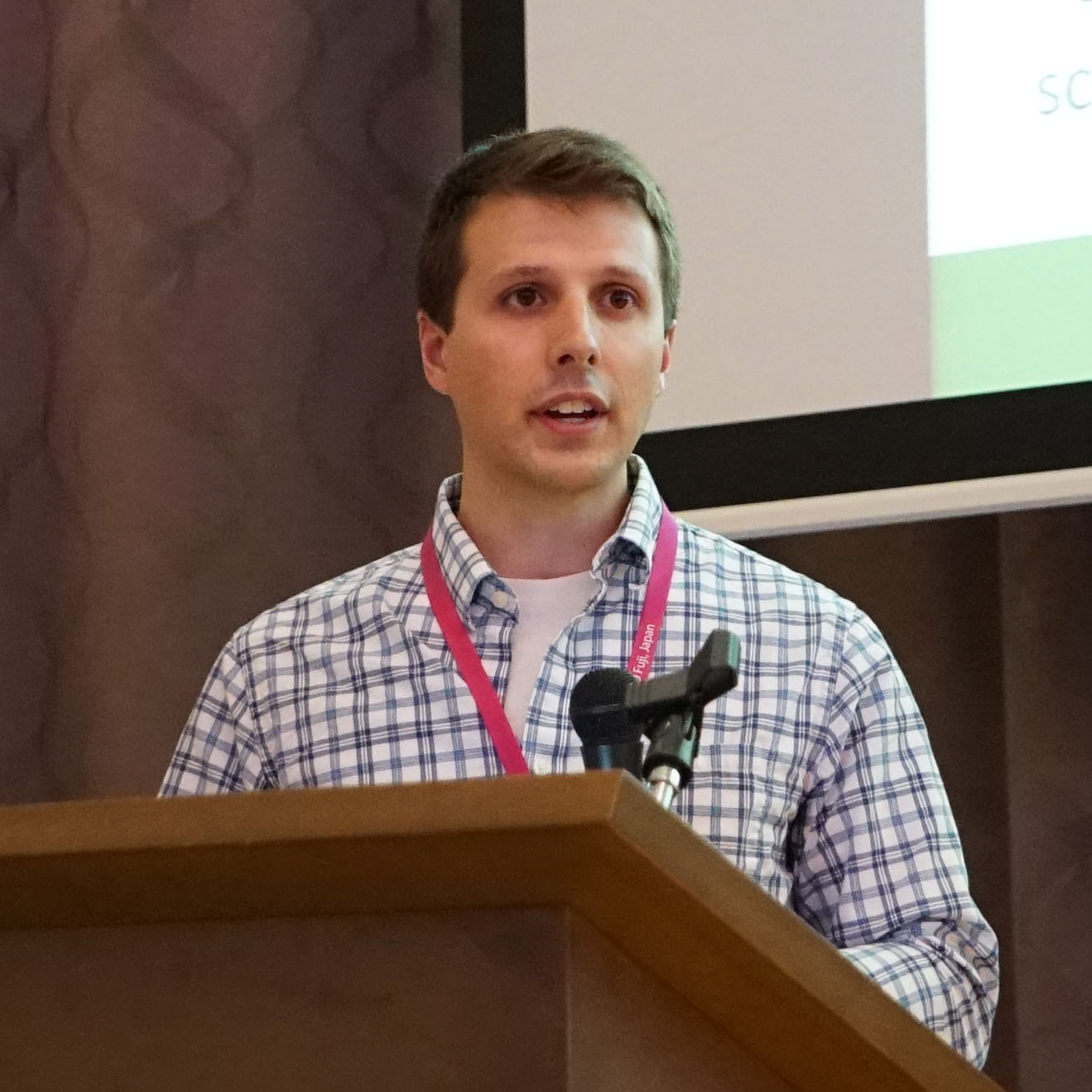Solar Cycle 24 Observations of Storm Enhanced Density and the Tongue of Ionization
Coster, A. J., P. J. Erickson, J. C. Foster, E. G. Thomas, J. M. Ruohoniemi, and J. B. H. Baker (2016), Solar Cycle 24 Observations of Storm Enhanced Density and the Tongue of Ionization, in Ionospheric Space Weather: Longitude and Hemispheric Dependencies and Lower Atmosphere Forcing (eds T. Fuller-Rowell, E. Yizengaw, P. H. Doherty, and S. Basu), John Wiley & Sons, Inc, Hoboken, NJ, doi:10.1002/9781118929216.ch6.
Storm-enhanced density (SED) plumes form in the ionosphere and plasmasphere at midlatitudes during geomagnetically disturbed conditions. In some cases, ionospheric plasma in the storm-enhanced density (SED) plume becomes entrained in expanded polar cap convection patterns and enters the polar cap through the cusp region to form the tongue of ionization (TOI). The recent addition of several GPS receivers in the Antarctic has led to improvements in TEC spatial coverage in the Southern Hemisphere. In addition, new tools have been developed for merging Super Dual Auroral Network (SuperDARN) observations of decameter scale irregularities with GPS-derived total electron content (TEC) data. This paper will review these new merged data sets and will present a selection of SED and TOI observations from the years 2009, 2012, and 2013 during the current solar cycle 24. The particular SED/TOI observational cases presented represent characteristic longitudinal, hemispherical, and seasonal differences observed during both quiet (2009) and moderate (2012, 2013) solar-flux conditions. The denser observational coverage of GPS receivers during this current solar cycle, especially in Antarctica, allows for better comparisons of SED features in the two hemispheres, and allows conclusions to be drawn about key TEC longitude, hemisphere, and seasonal patterns.
